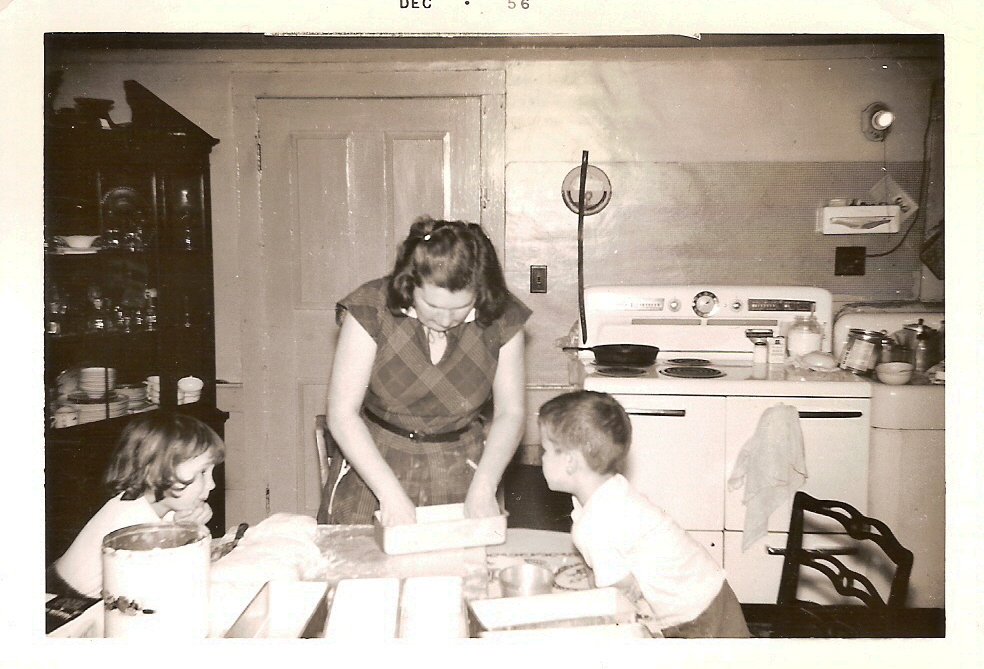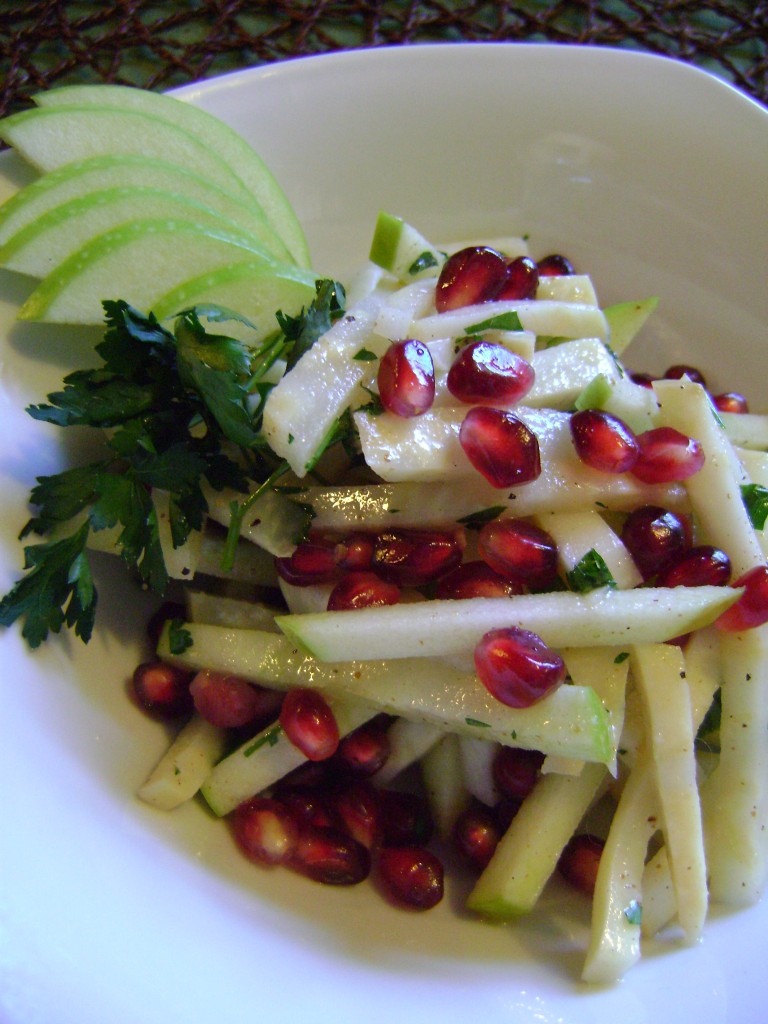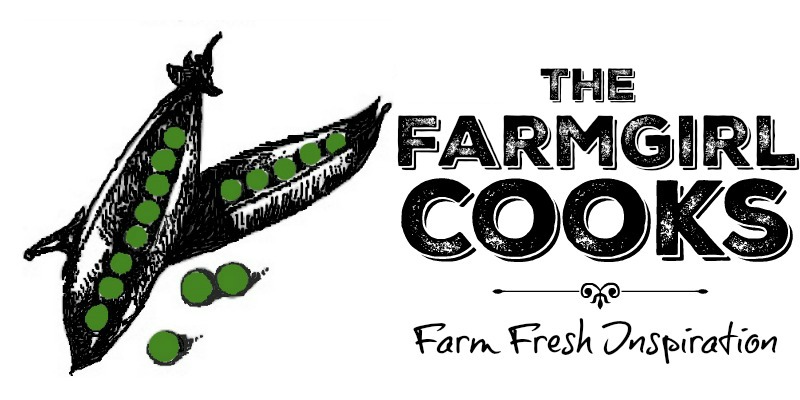 Eat Local and Eat Seasonal are inescapable buzzwords these days. They are all over the news and for the most part, we all think that style of eating is a great thing, right? Well, yeah – until we’re just ‘dying’ for that tomato for our salad in January or by March we’ve got a hankering for fresh peaches on our cereal. And when we WANT something, how concerned are we about where it’s coming from?
Eat Local and Eat Seasonal are inescapable buzzwords these days. They are all over the news and for the most part, we all think that style of eating is a great thing, right? Well, yeah – until we’re just ‘dying’ for that tomato for our salad in January or by March we’ve got a hankering for fresh peaches on our cereal. And when we WANT something, how concerned are we about where it’s coming from?
Chances are, not very.
Now, remember, not long ago ours was an agrarian society – a society made up of self-reliant farm people. If we didn’t grow it, or hunt it, or raise it, or forage for it, we didn’t eat it. Everyone had their own chickens, cows, and fields… and with that came the root cellar. The root cellar was a place (yes, underground) where fall crops would be placed after harvest. The cool but not freezing temperatures kept them fairly well for many months.
Do you have a root cellar? No, probably not. Because in 1812 the first food canning facility in the US was established in NY. They canned things such as meats, fruits, and vegetables. We’ve never looked back, in terms of industrialization I mean. We haven’t HAD to!
Products from all over the world are shipped into and out of our country every day. Just think how lucky we are to be able to experience stinky durian or Madagascar vanilla or even Vermont maple syrup (which, while commonplace HERE, would probably be pretty damn special in Malaysia!). Without some kind of preservation or controlled storage, these items would never make it halfway around the world.
But they do – and they have for hundreds of years (remember the old ‘spice routes’ you read about in elementary school?), and now we’re so used to having whatever we want whenever we want it, we forget that all food was grown somewhere and it has a life cycle. Most foods have a season, a period of time when their flavor and supply are at their peak. For the most part, though, we don’t know when that is because a quick trip to the grocery store yields us our bounty. Most of us know, however, that produce eaten in season tastes infinitely better.
Tomatoes and fresh peaches are NOT going to be gracing my table during ANY of the winter months. I just won’t do it. Yes, I know I’m spoiled — I have 55 acres of the best veggies my family can grow right outside my back door. But I was also raised to understand that things have a season.
 We always had a garden, and Mom froze or canned in Mason jars whatever she could. The cost of doing that was next to nothing in terms of product since we grew it all ourselves. The return, however, was enormous. We had homegrown green beans to go with our Sunday pot roast. We had homegrown carrots to go in the beef stew, and we had homegrown sweet corn niblets to sit next to the meatloaf and mashed (homegrown) potatoes.
We always had a garden, and Mom froze or canned in Mason jars whatever she could. The cost of doing that was next to nothing in terms of product since we grew it all ourselves. The return, however, was enormous. We had homegrown green beans to go with our Sunday pot roast. We had homegrown carrots to go in the beef stew, and we had homegrown sweet corn niblets to sit next to the meatloaf and mashed (homegrown) potatoes.
Farms don’t do an awful lot of (if any) business in the winter, which means there is no money coming in either. Can you imagine trying to budget and live for MONTHS without income every year? It ain’t easy, and I commend my parents for doing just that for decades. It’s just a fact of life for many of us, so we go with the flow and we save and budget and make do. Makes me feel all Laura Ingalls Wilder-ish!
CSAs (stands for Community Supported Agriculture) are one way for farmers to put bucks in the bank BEFORE they need it, so they can pay the bills that pile up at the beginning of a long growing season. CSAs are also a way for farmers to extend the season into the winter. While many programs do NOT offer winter produce, we do. We had an abundance of root crops this year, as well as several types of potatoes, squash and onions. All of those items, combined with a few heated greenhouses, make for a nice selection of veggies to last well into the winter.
A CSA is a great way to eat seasonal, locally grown foods at any time of year. It truly opens culinary doors when a share includes items that are unfamiliar. One of the main problems we’ve found is that CSA members don’t know what to do with particular crops, especially the root crops that are a mainstay of winter shares. We try to vary what is in each week’s share so that the customers have their staples, such as potatoes, onions and carrots, while also including more obscure items like parsnips, cippolini and celery root.
Sure, you can roast all kinds of root veggies, just by tossing cubes with olive oil, salt and pepper. But sometimes a crisp salad, full of crunch and bright colors is what the body craves, regardless of the season. It’s my job to show our customers what they can do with everything we offer them, so I developed this recipe for Celery Root and Apple Salad with Pomegranate.
Our CSA members receive a recipe or two with each share distribution, something that they can make with the contents of their share. So many customers say they wouldn’t know what to do with half the things in their share, but with the help of the recipes they receive, they are trying new things and preparing well-known items in ways they never dreamed. It’s especially satisfying to hear how children are experiencing and actually enjoying local seasonal produce.
Celery Root, Apple and Pomegranate Salad
1 medium Celery Root
1 medium Apple
1 t Lemon Juice
2/3 c Pomegranate Seeds (or arils – who knew?)
2 T chopped Parsley
Dressing**
1/4 c Apple Cider Vinegar
1/4 c Extra Virgin Olive Oil
1 t Dijon Mustard
2 t Honey
Salt and Pepper
CAREFULLY peel celery root using a heavy sharp knife. Cut into slabs, about 1/4″ thick, then cut into matchsticks. Totally ok to not be the same size – no one’s eating with a ruler! Meanwhile, bring a saucepan of water (about 2 quarts) to a boil. Quickly drop celery root matchsticks in water, stir to submerge all, then allow to blanch for 30 seconds. Lift out with a ‘spider’ or slotted spoon and give ’em a cold bath in a bowl of water and ice cubes.
Drain the celery root and lay on a dish towel to dry – excess water will keep the dressing from adhering nicely. Next, cut apple into similar-sized matchsticks and put into a large bowl along with the celery root. Toss these beauties with the lemon juice. The acid will help keep them white. Put remaining salad ingredients into bowl and stir gently to distribute.
Mix the dressing ingredients with a small whisk. Pour over the salad and again stir gently. Season with salt and pepper to taste, then serve. This salad will keep a few days covered in the refrigerator. It never lasts that long in my house.
** You probably won’t need quite this much dressing for the salad, but since every celery root and every apple are different sizes, the amount is generous.
[slideshow]


We were two of the people you talk about in this posting who weren’t sure what we would do with half the things from your CSA but we joined anyway. It’s been great. We’ve eaten things that we probably wouln’t have tried if they weren’t included and they were wonderful. Between your recipes and the millions on the internet we’ve been able to enjoy everything we’ve received.
We enjoy your blog and recipes.
Thank you so much, guys! I’m so glad you’re enjoying your CSA share this year. It’s been fun and very educational for all of us I think.
I’d love to hear about some of the dishes you’re making with the veggies you’re getting.
Thanks for being a part of our farm family,
Kasha
There is a nice article about the farm and the CSA in the Herald Record today. Susan
Yes! Thanks for reminding me to post the link. http://www.recordonline.com/apps/pbcs.dll/article?AID=/20110126/LIFE/101260312
Hopefully people will jump from there to here to see pics of the recipe in progress. Maybe we’ll see you and Glenn one of these weeks?